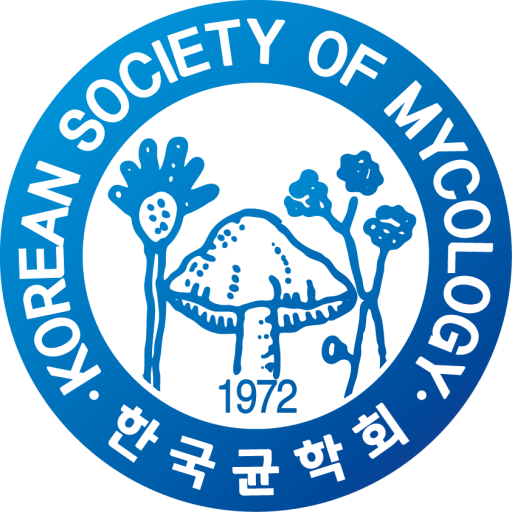ALA Production in Saccharomyces cerevisiae Expressing hemA from Rhodobacter spp. 5-Aminolevulinic acid (ALA) is the universal precursor of tetrapyrrole compounds and has wide applications in agriculture and medicine. To construct a safe microbial platform, we engineered Saccharomyces cerevisiae with episomal plasmids carrying the hemA genes from Rhodobacter capsulatus and Rhodobacter sphaeroides. The bacterial hemA genes were PCR-amplified and cloned into the pYEGPD-TER vector, generating recombinant constructs that were transformed into yeast. Recombinant strains were validated by qRT-PCR and ALA accumulation assays, confirming successful heterologous expression. To improve productivity, flask cultures were supplemented with glycine and succinic acid as metabolic precursors. These treatments enhanced ALA biosynthesis, demonstrating an effective strategy for yield improvement. This study highlights engineered S. cerevisiae as a promising host for microbial ALA production and provides a basis for further process optimization and scale-up.

 English
English